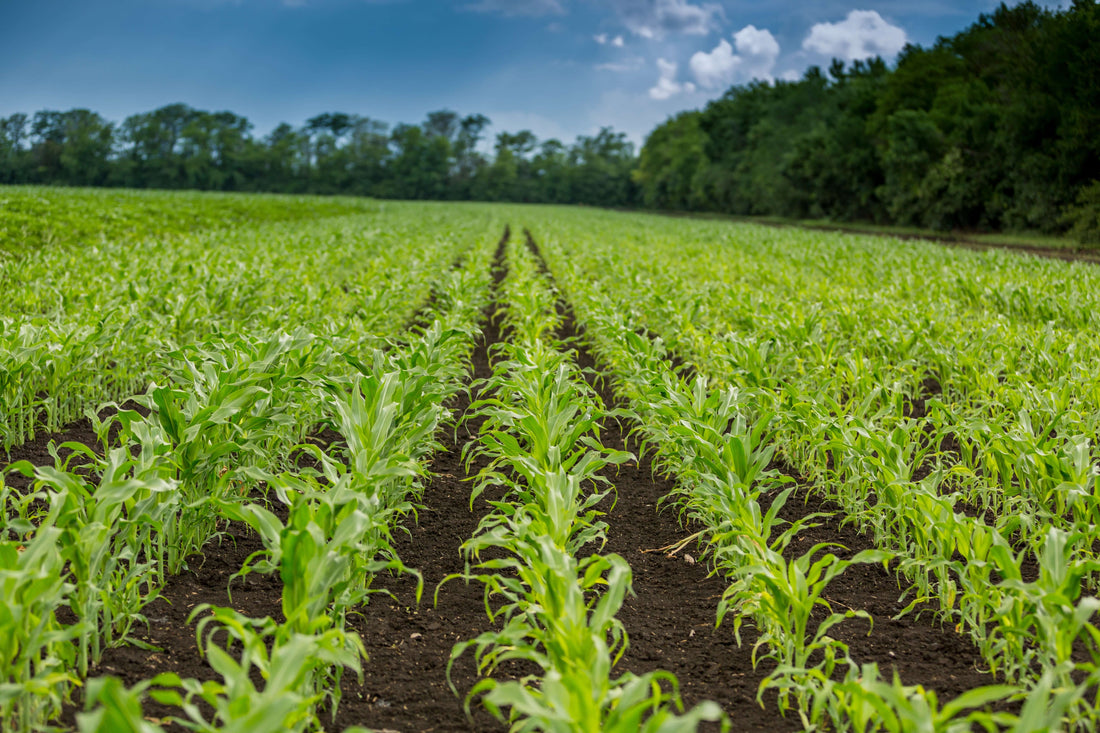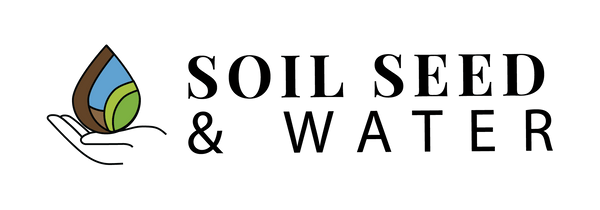
Top Organic Corn Planting Techniques to Try
Compartir
Topics Covered:
1. Introduction to Organic Corn Planting
2. Benefits of Organic Farming Practices
3. Organic Fertilizers for Corn
4. Using Worm Castings in Corn Planting
5. Dairy Compost Input for Corn
6. Step-by-Step Guide to Planting Corn Organically
7. Conclusion
Introduction to Organic Corn Planting
Organic corn planting involves utilizing natural methods and inputs to grow corn without the use of synthetic chemicals or pesticides. This sustainable approach promotes soil health, biodiversity, and environmental conservation.
Benefits of Organic Farming Practices
Organic farming practices help to maintain soil fertility, reduce pollution, and support biodiversity. By avoiding synthetic chemicals, organic farming promotes healthier ecosystems and produces nutrient-rich crops.
Organic Fertilizers for Corn
Organic fertilizers, such as compost and worm castings, provide essential nutrients to corn plants without the harmful effects of synthetic fertilizers. These natural inputs improve soil structure and enhance plant growth.
For high-quality organic fertilizers, consider using products from Soil Seed and Water.
Using Worm Castings in Corn Planting
Worm castings, also known as vermicompost, are rich in nutrients and beneficial microorganisms. When added to the soil, worm castings improve soil health, increase water retention, and boost plant growth.
For premium worm castings, check out Mikey's Worm Poop Organic Dairy Vermicompost.
Dairy Compost Input for Corn
Dairy compost is a valuable organic input that enriches the soil with essential nutrients and organic matter. By using dairy compost in corn planting, farmers can improve soil fertility, promote microbial activity, and enhance crop yield.
Explore the range of organic dairy compost products available at Dan's Gold Organic Dairy Compost.
Step-by-Step Guide to Planting Corn Organically
1. Prepare the soil by tilling and adding organic matter like compost and worm castings.
2. Plant corn seeds at the appropriate depth and spacing, following the recommended planting guidelines.
3. Water the corn plants regularly, ensuring they receive adequate moisture for healthy growth.
4. Monitor the crop for pests and diseases, using natural pest control methods if needed.
5. Harvest the corn when the kernels are mature and ready for consumption.
Conclusion
Organic corn planting offers numerous benefits for both the environment and human health. By following sustainable practices and using organic inputs like worm castings and dairy compost, farmers can grow healthy, nutritious corn while preserving the ecosystem for future generations.


